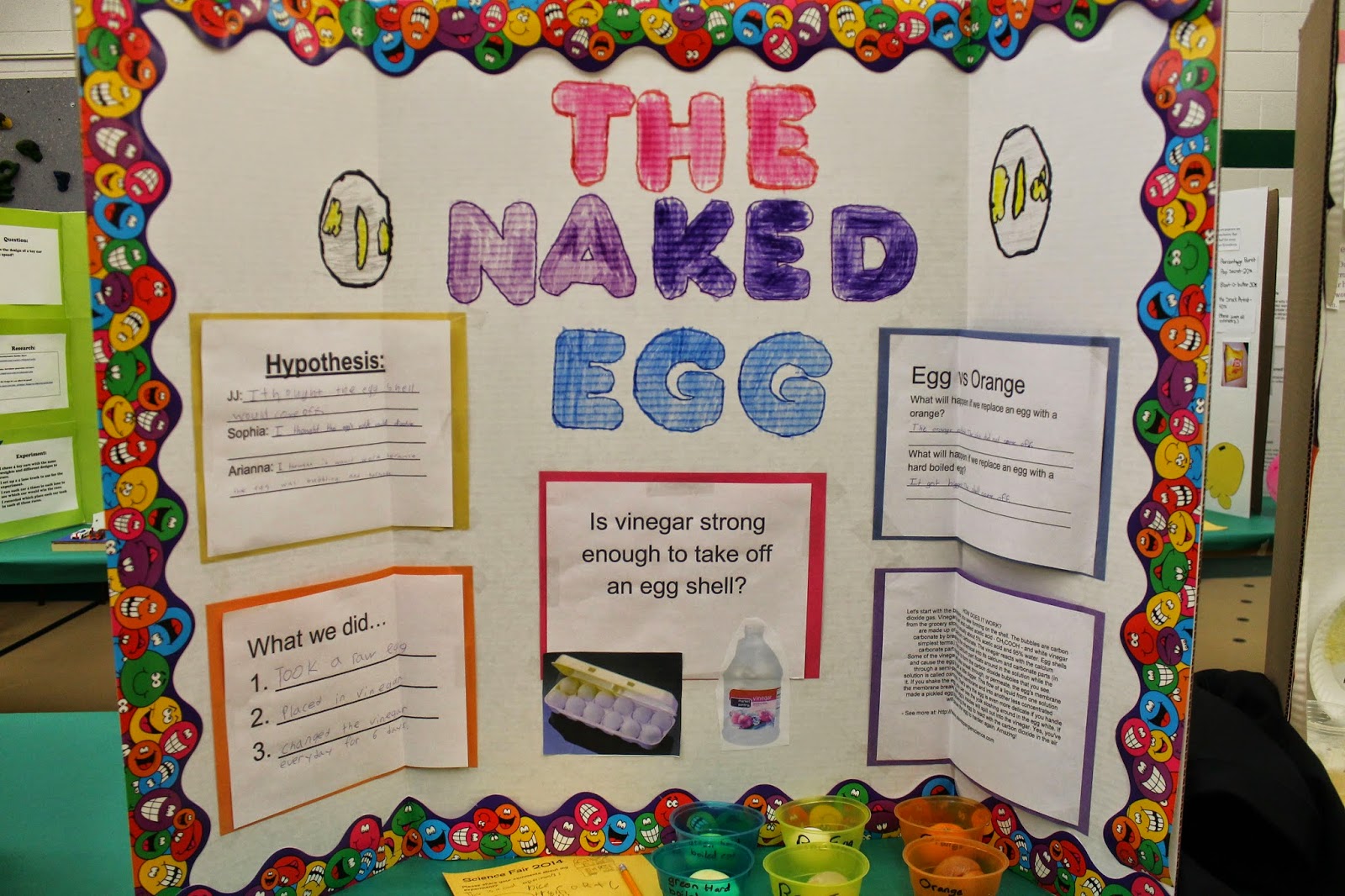Science is all around us, and sometimes, the most interesting experiments can be conducted right in our own kitchens! One such captivating experiment is the classic science fair project with eggs and vinegar. This project not only demonstrates chemical reactions but also immerses students in the fascinating world of science. By utilizing simple ingredients, you can reveal the wonders of chemistry while having fun. It’s perfect for budding scientists of all ages!
The science fair project with eggs and vinegar showcases how an everyday item like an egg can be transformed through a chemical reaction. As you embark on this project, you will learn about the properties of acids and bases, and the exciting changes that occur when they interact. The transformation of an egg becomes a metaphor for change, teaching valuable lessons about observation, hypothesis testing, and scientific inquiry.
In this article, we will explore the steps to carry out this intriguing science fair project, discuss the science behind the experiment, and answer common questions that arise. Whether you’re preparing for a science fair or simply looking to impress friends and family, this project is both educational and entertaining!
What Materials Do You Need for the Science Fair Project with Eggs and Vinegar?
To get started with this exciting experiment, gather the following materials:
- 1 raw egg
- A cup or glass
- Vinegar (white vinegar works best)
- Food coloring (optional)
- Paper towels
- A ruler (for measuring)
How Do You Conduct the Science Fair Project with Eggs and Vinegar?
Conducting this experiment is simple and can be done in a few easy steps:
- Place the raw egg in the cup or glass.
- Pour enough vinegar over the egg to completely submerge it.
- If desired, add a few drops of food coloring to the vinegar to make the experiment more visually appealing.
- Observe the egg over the next 24 to 48 hours, noting any changes.
- After the time has passed, remove the egg from the vinegar and gently rinse it with water.
- Finally, measure the egg's diameter and compare it to the original size.
What Happens During the Experiment?
The science behind this experiment lies in the reaction between vinegar (an acid) and the eggshell (which is primarily composed of calcium carbonate). As the vinegar interacts with the eggshell, a chemical reaction occurs, resulting in the release of carbon dioxide gas, which appears as bubbles.
As the reaction progresses, the eggshell dissolves, leaving behind the egg's membrane. This membrane is semi-permeable, allowing you to see the egg in a unique way. The egg becomes a "naked egg," which is not only fascinating to observe but also a great way to discuss the properties of membranes and osmosis!
What Scientific Concepts Can Be Learned from This Experiment?
This science fair project with eggs and vinegar allows students to explore several scientific concepts, including:
- Chemical Reactions: Understanding how acids and bases react.
- Observation Skills: Noting changes over time and documenting observations.
- Hypothesis Testing: Predicting what will happen and verifying the results.
- Membrane Biology: Learning about the functions and properties of membranes.
Can You Modify the Experiment for More Fun?
Absolutely! There are several ways to modify the science fair project with eggs and vinegar to make it even more engaging:
- Try using different types of vinegar (apple cider, balsamic) to see if the results vary.
- Add food coloring to the vinegar before submerging the egg to create colorful effects.
- Experiment with different temperatures of vinegar (room temperature, cold) to observe any differences in reaction rates.
What Are Some Tips for Presenting Your Project?
When presenting your science fair project, consider the following tips:
- Visual Aids: Use posters or slides to showcase your findings and pictures of the experiment.
- Demonstration: If possible, show the project live, allowing observers to see the egg in action.
- Engagement: Ask your audience questions to stimulate discussion and curiosity about the science behind the project.
What Are the Safety Precautions You Should Take?
While this experiment is generally safe, it’s essential to observe proper safety precautions:
- Wear gloves if you have sensitive skin, as vinegar can be irritating.
- Conduct the experiment in a well-ventilated area to avoid any strong odors.
- Handle the egg gently, as it can break easily.
Conclusion: Why Is This Science Fair Project with Eggs and Vinegar a Must-Try?
The science fair project with eggs and vinegar is a fantastic way to dive into the world of chemistry while having fun! It encourages critical thinking, observation skills, and scientific inquiry. By engaging in this project, students not only learn about the science behind chemical reactions but also gain valuable experience that will serve them well in future scientific endeavors.
So gather your materials, follow the steps, and get ready to impress your friends, family, or judges at the science fair. You may just discover a passion for science that lasts a lifetime!
Dorothy Do Mágico De Oz: A Jornada Inesquecível Na Terra De Oz
Exploring The Fascinating Journey Of Qui And Ken Age
Chicharito's Spectacular Goals At Real Madrid: A Legacy Remembered


